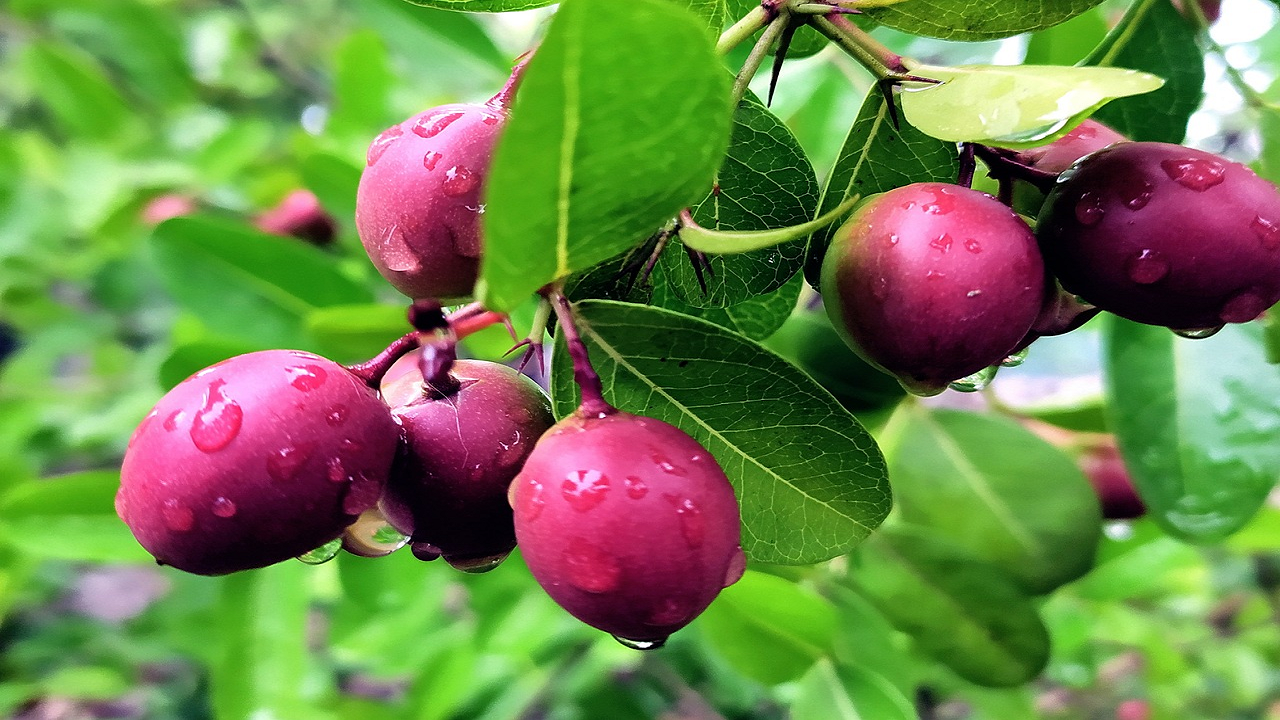
When one envisions the pristine landscapes of India, their mind is often filled with images of towering mountains, vibrant forests, and rushing rivers. Within these diverse ecosystems lie hidden treasures - wild berries. While India is renowned for its rich culinary culture, with spices and exotic fruits taking centre stage, the lesser-known wild berries offer a unique flavor profile and a rich tapestry of health benefits.
From the snow-capped peaks of the Himalayas to the tropical rainforests of the Western Ghats, this vast subcontinent is home to a bountiful array of wild berries that have been consumed for centuries, not just for their delectable taste, but also for their medicinal properties and cultural significance. So, let’s embark on a journey through the enchanting world of wild berries in India, exploring their flavours, uses, and cultural heritage associated with these humble yet extraordinary fruits.
Types of Wild Berries in India
India is home to a variety of wild berries. Some of the commonly found wild berries in India include:
-
Jamun (Syzygium cumini): Also known as Indian blackberry or jambul, Jamun is a purple-black fruit with a sweet and tart taste. It is packed with antioxidants and is a popular fruit during summer.
-
Mulberry (Morus spp.): Mulberries are sweet and tart berries that vary in colour from black, and red, to white. They are rich in antioxidants, vitamins, and fiber. Mulberries are often eaten fresh or used in desserts, jams, or wines.

-
Ber (Ziziphus mauritiana): Commonly known as Indian jujube or Indian plum, Ber is a small, round fruit with a sweet and tangy flavour. It is rich in vitamin C and is often used in making jam or jellies.
-
Chilgoza (Pinus gerardiana): Chilgoza is a pine nut that grows in the western Himalayas. It is known for its rich flavour and nutritional value. It is often consumed as a snack or used in various culinary preparations.
-
Phalsa (Grewia asiatica): Phalsa is a small, dark purple fruit with a juicy pulp and a tangy taste. It is often consumed fresh or used to make refreshing drinks, ice creams, or syrups.
-
Karonda (Carissa carandas): Karonda is a small, red fruit with a sour taste. It is often used in pickles, chutneys, and jams.

-
Jujube (Ziziphus jujuba): Jujube, also known as Chinese date or Indian date, is a small, red fruit with a sweet and crisp texture. It is rich in antioxidants, vitamins, and minerals.
-
Bael (Aegle marmelos): Bael is a fragrant fruit with a hard outer shell and fibrous inner pulp. It has a sweet and aromatic taste and is known for its medicinal properties. Bael juice is a popular summer drink in India.
These are just a few examples of wild berries found in India. The country has a rich biodiversity, and there might be other indigenous wild berry varieties specific to different regions of India.
















